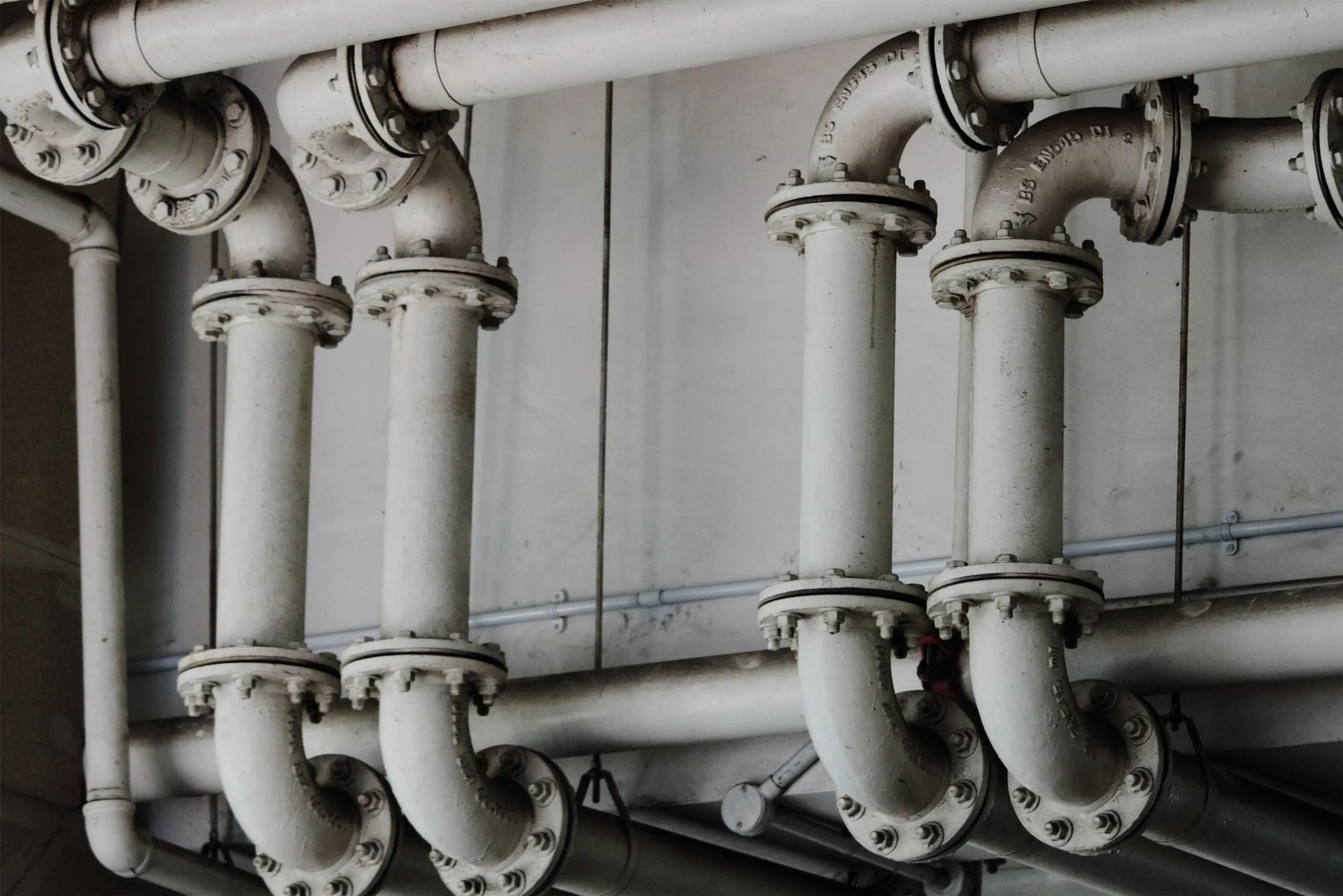Optimized use of chemicals eases both environmental footprint and costs


Facts
Partners
About the project
The partners in the SCAVOP project have formulated new recommendations for the use of environmentally and cost-intensive chemicals, which make it possible to optimize the addition of H2S scavengers in oil and gas production, so that the consumption of environmentally and cost-intensive chemicals can be reduced. This saves both money and chemistry.
Challenge
When extracting gas from the North Sea, industry operators added the chemical H2S scavenger to remove the corrosive hydrogen sulfide (H2S) that occurred naturally in the gas from the subsurface. When the H2S scavenger was added to the gas, it converted into a solid, which left deposits (scale) in the pipes that transported the gas to the refineries. This therefore required costly maintenance. It was unclear where these deposits typically occurred and whether this could be optimized.
Solution
The partners in the SCAVOP project developed a simulation model for how operators in the oil and gas industry could optimize the addition of H2S scavengers.
The model provided an accurate picture of how H2S scavengers were absorbed into the gas from the subsurface when it was pumped up. At the same time, it showed how and where the deposits formed in the gas pipes. The project aimed to reduce the amount of maintenance on oil and gas production and processing facilities by optimizing the injection of H2S scavengers into the oil and gas production.
Result
The project led to new recommendations for the use of H2S scavengers, so that the consumption of environmentally and cost-intensive chemicals could be reduced in the oil and gas industry.
Project in the media
Want to learn more?

Skibsbyggerivej 5, 3. sal.
9000 Aalborg
Navitas
Inge Lehmanns Gade 10
8000 Aarhus C
House of Offshore Innovation
Kanalen 1
6700 Esbjerg
Port House
Vendersgade 74
7000 Fredericia
BLOXHub
Bloxhub, Bryghusgade 8, 3. sal,
1474 København K
Energy Cluster Denmark
Nørre Havnegade 43
6400 Sønderborg
©Energy Cluster Denmark 2025